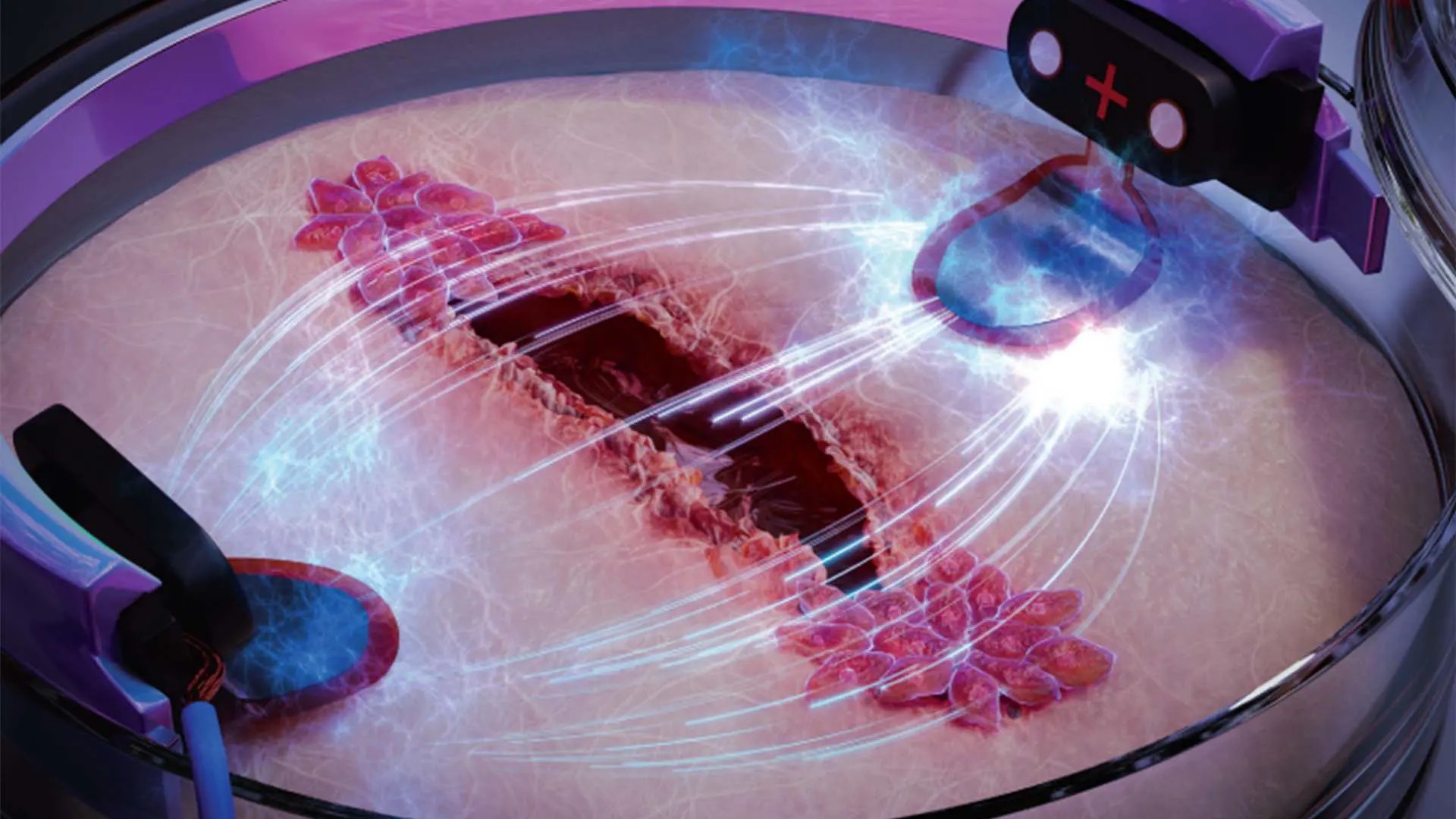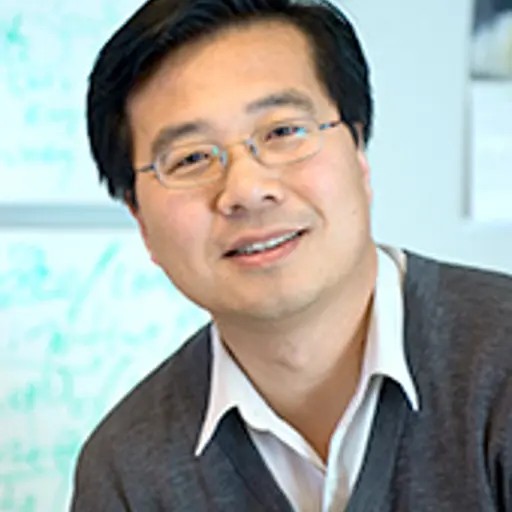
At the Electronics Materials and Systems Laboratory, research is focused on carbon-based devices as well as bioelectronic microsystems regarding manufacturing, characterization, interconnect and packaging and theoretical consideration as well as fundamental modelling.
We pursue biology-relevant physics-theory modelling and fundamental and applied materials physics. The materials research includes developing a parameter-free and computationally efficient theoretical characterization of sparse-matter challenges like, e.g., the carbon-based and bioelectonic systems, and experiment-theory collaborations to study functional organics.
The Electronics Materials and Systems Laboratory is extremely active in EU, SSF, VR and Vinnova funded research programs. We are currently running several EU projects in the area of bioelectronics, energy harvesting, nanoscale heat dissipation materials, carbon nanotubes and graphene based devices, supercapacitors and gap waveguides.
Research groups at Electronics Materials and Systems Laboratory
Electronics, Biomedical, Liquid Crystal Display Materials and Packaging Group
The research focuses on development of new materials and processes for electronics, bio-medical and liquid crystal display applications. The major focus of the research is towards development of nanomaterials based technology. This includes nano-thermal interface materials, nanocooling devices, nanosolder, nano-scaffolds for stem cell proliferation and differentiation and for growth of astrocytes and neurons.
Heat dissipation remains to be one of the most important challenges for further miniaturisation and for increased requirement on high performance of future electronics and microsystems, photonics, Light Emitting Diodes. We have demonstrated during the year that has passed a carbon nanotube (CNT) based 3 D vertical packaging system that shows promising thermal and mechanical performance compared copper interconnects. The work has been published in Small and cited worldwide as one of the major breakthroughs in CNT 3D packaging technology. In addition, a project funded by the National Swedish Science Foundation (VR) concerning the theoretical and experimental understanding of the jetting of fluids with high viscosity and/or high material content for use in electronics assembly has been initialized together with an industrial partner during the year. This work holds promise not only in the electronics production industry, as well as novel fields such as fuel cells, solar cells and pharmaceuticals. During the year, Docent Per Rudquist has contributed to the reference work (approximately 2000 pages) on electronic displays "The Handbook of Visual Display Technology", Springer 2011 where he is the author of the section on Smectic LCD modes).
Materials Physics and Carbon Engineering
The materials physics and carbon engineering group provides physics theory studies of function in materials. We combine quantum-mechanical and electro-static/-dynamical modelling, often using advanced computing, to solve science and technology problems in materials, nano, and biophysics as well as for energy, ICT, and industry applications.
We have, for example, identified a simple guiding principle for optimizing the design of either high-current devices (like quantum cascade lasers) or of robust charge traps in polar heterostructures.
Our group also contributes to the development of a nonempirical method, called vdW-DF, for predictions of binding in sparse and soft matter, for example, molecules systems and graphene. The vdW-DF method currently experiences a rapidly growing usage in physics, chemistry, materials, and nano research, for example, as reflected in invitations for us to arrange focused sessions at the American Physical Society condensed matter meetings and as highlighted in a Science Watch interview. Conbining a number of theoretical methods, we have thus for example helped facilitate detailed investigations of molecular assembly on surfaces.
Theoretical and Applied Biology Research
Living cell is highly structured (50% of the cell volume is filled by organelles) and harbors one million reactions per second. It is not entirely clear what the principles that control biochemistry of such complex environment are. In particular, the interior of the living cell is rather noisy in a sense that fluctuations in protein copy numbers can be rather large. For example, there are only few mRNA molecules present in the cell on average.
Recently is has been realized that the intracellular noise is not just the quirk of the intracellular biochemistry but is actively used to achieve some function. Conversely, there are number of diseases that emerge when the machinery that controls or exploits noise is not functioning properly.
Once expressed, proteins in the living cell assemble into functional complexes. Much less is known about noise characteristics of complex formation processes than what is known about workings of gene expression noise.
Accordingly, during the 2011, the Theoretical and Applied Biology group focused on devising a new computational method, the X-level Approach Reaction Noise Estimator (XARNES) that can be used to model intracellular noise. The method is rather unique since noise can be studied with a desired level of accuracy. The method has been implemented as user friendly computer software. The accuracy of the method has been characterized in a strict mathematical manner and it was shown in which situations the method can and cannot work. The method has been applied to study a number of strongly cooperative complex formation models. In addition, noise characteristics of ribosome synthesis pathways have been investigated (a collaborative work with the Uppsala University, Department of Cell and Molecular Biology).
Micro and Nanosystems Group
The Micro- and Nanosystems Group works on designing and fabricating systems consisting of electrical, mechanical, fluidic and optical elements. Microsystem technology is a fast growing industry producing a variety of products such as pressure sensors and accelerometers to the automotive industry as well as printer heads for ink jet printers.
At our group at MC2, Chalmers, research is focused on carbon nanotubes, different kinds of sensors including biodiagnostic sensors, AFM sensors and mass flow sensors. Integration of optics in microsystem technology is an exciting field which is also included in our research. In this field the research is focused on laser beam steering and micromirrors.
Head of laboratory and senior researchers
Head of laboratory
Senior researchers

- Professor Emeritus, Electronics Material and Systems, Microtechnology and Nanoscience

- Full Professor, Quantum Device Physics, Microtechnology and Nanoscience

- Director of Graduate Studies, Microtechnology and Nanoscience

- Professor, Electronics Material and Systems, Microtechnology and Nanoscience
Publications in Chalmers Research
We continually document our research in various types of publications, which are registered in Chalmers Research. Follow this link to see recent publication lists
